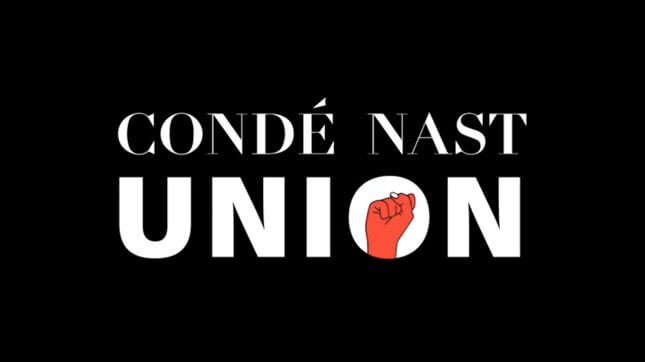The MET Gala Isn’t a Glamorous Night for Condé Nast Workers Trying to Unionize
350 staffers sent a letter to Condé Nast asking leadership to recognize their union, correctly noting that "prestige doesn't pay the bills."
EntertainmentEntertainment

The MET Gala is many things to many people: To the world’s elites, it’s The First Monday of May, a soiree of sartorial statement reserved only for those Vogue editor-in-chief Anna Wintour deems the “who’s who” across fashion, art, sports and technology; to me, it’s the day I post with absolute contempt for every person on the red carpet except Zendaya; and for workers across Condé Nast, it’s the longest, most grueling night of the year. This year’s theme, “Gilded Glamour,” a reference to the Gilded Age, seems pretty appropriate considering the burgeoning labor movement currently taking place across the U.S. right now and the fact that Condé still hasn’t recognized its union.
“The 2022 Met Gala will ask its attendees to embody the grandeur—and perhaps the dichotomy—of Gilded Age New York” explained Vogue. “The period, which stretched from 1870 to 1890, was one of unprecedented prosperity, cultural change, and industrialization, when both skyscrapers and fortunes seemingly arose overnight.”
Speaking of dichotomy! It’s now been over a month since hundreds of employees at Condé Nast—which boasts world-renowned publications like Vogue, The New Yorker, Vanity Fair, Teen Vogue, GQ and many others—announced they were forming a union, collectively noting that “prestige doesn’t pay the bills.” Along with the announcement, 350 staffers sent a letter to Condé Nast asking leadership to recognize their union. Then, the company said it intended “to have productive and thoughtful conversations with [staff]” but those conversations have yet to take place.
“We work for one of the largest and most influential media companies in the country, but Condé Nast also has a long, well-documented history of exploitation, leveraging its prestige to overwork and underpay its employees,” Condé Union wrote in a statement.
Yesterday, on May Day (aka Workers’ Day)—a commemoration of the enduring, evolving labor movement worldwide—members of the Condé Nast Union rallied with Rep. Alexandria Ocasio-Cortez (D-N.Y.), Amazon union members and others in New York’s Washington Square Park.
Now, without any formal acknowledgement of the union from Wintour or other leadership, many of those same employees will be forced to work the MET Gala—an exhibition of elitism that’s not just torture for us plebians without healthcare and a will to live to witness, but hell for the workers who are either covering it or working as on-site organizers and assistants.
“While the cameras are pointed at the red carpet, there are countless invisible hands making sure every moment goes off without a hitch. These are freelancers, assistants, and producers who work tirelessly starting months before events like the Met Gala but receive no spotlight or recognition for their work. It’s the universal Condé experience on an even larger, more intense scale, proving that there would be no Conde Nast—or Met Gala—without us.” the union captioned a mock-Vogue cover on Instagram.
Additionally, it noted that while many employees will be working overtime tonight to ensure all-night news coverage and the type of content we all love to hate-consume, they won’t actually be compensated for any of it.
At least it would appear that Condé Nast and Vogue did their research in accurately portraying the Gilded Age. Encouraging the obscenely wealthy of today to cosplay as the obscenely wealthy of over a century’s past as worker uprisings continue across the country—very much like they did during that time period—and just one day after Worker’s Day? That’s downright fucked up.
Let it be known that it was in the midst of the Gilded Age that industrial capitalism became responsible not only for the United States’ booming economy, but truly brutal conditions for workers. Between 1881 and 1900, 35,000 workers per year lost their lives in industrial or related accidents at work, and strikes were so recurrent that an estimated 100,000 workers went on strike every year. In fact, two of the most significant strikes in American history—the Homestead Strike (1892) and the Pullman Strike (1894)—took place between the supposed glitz and glamour of the Gilded Age. Both were as bloody as the red carpet—not that I’m giving anyone any ideas!
Will any of this be mentioned during tonight’s proceedings? Probably not! Will I watch anyway? Sadly, yes. Zendaya may not be present, but I’m holding out hope for that thematic “dichotomy” to manifest epically in the fashion. And no, not on a too-literal gown worn by a politician.